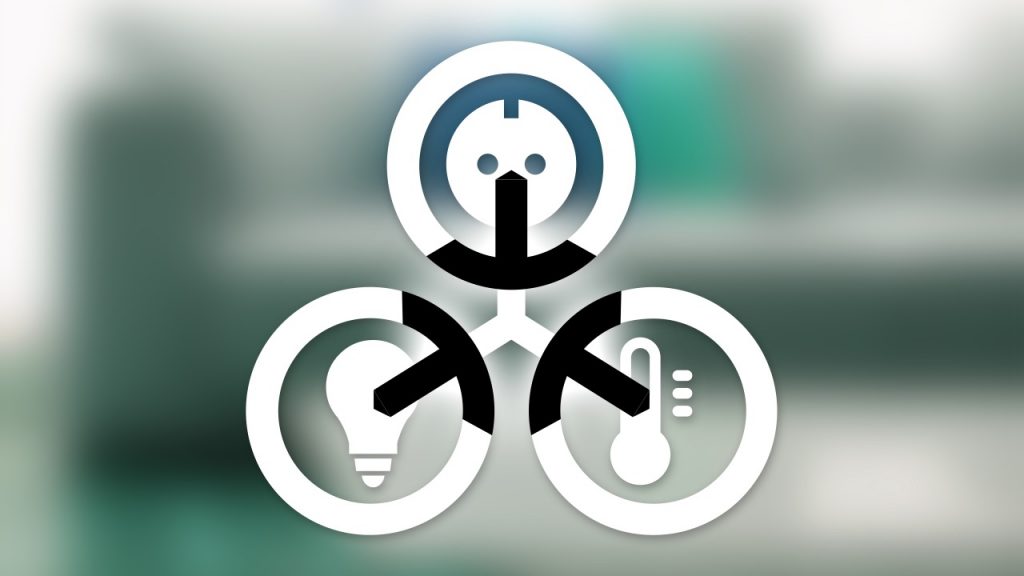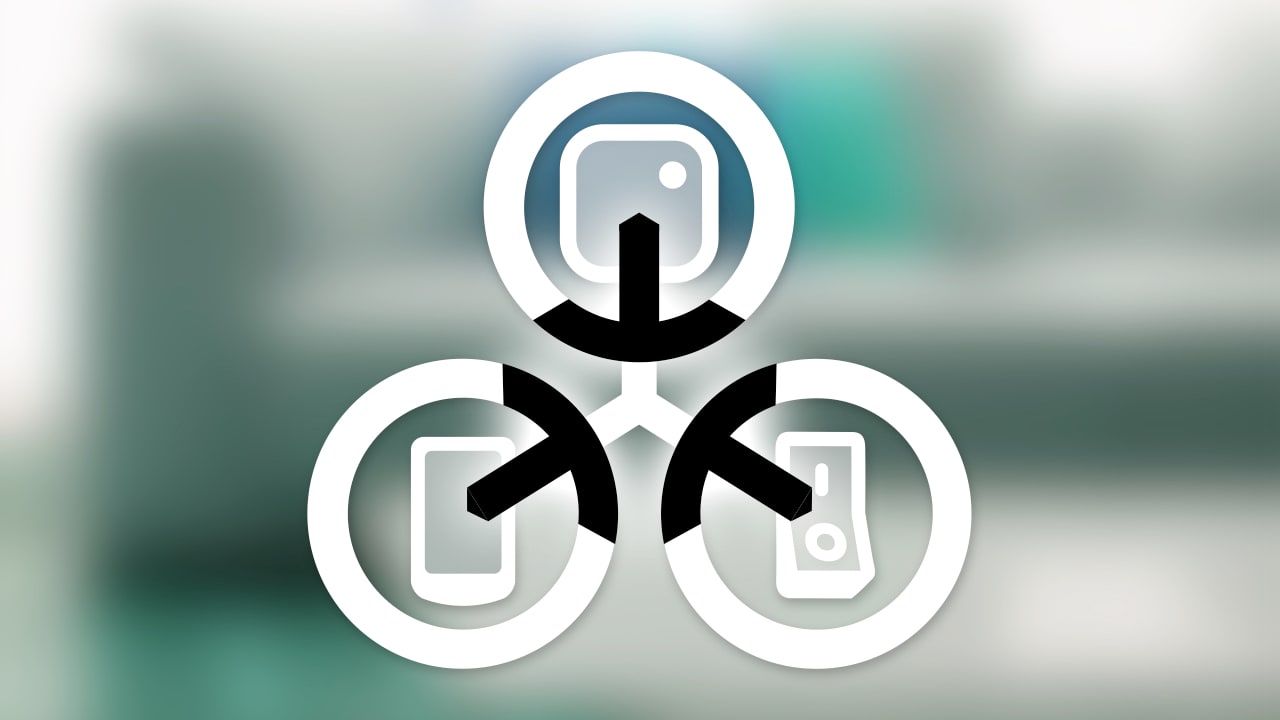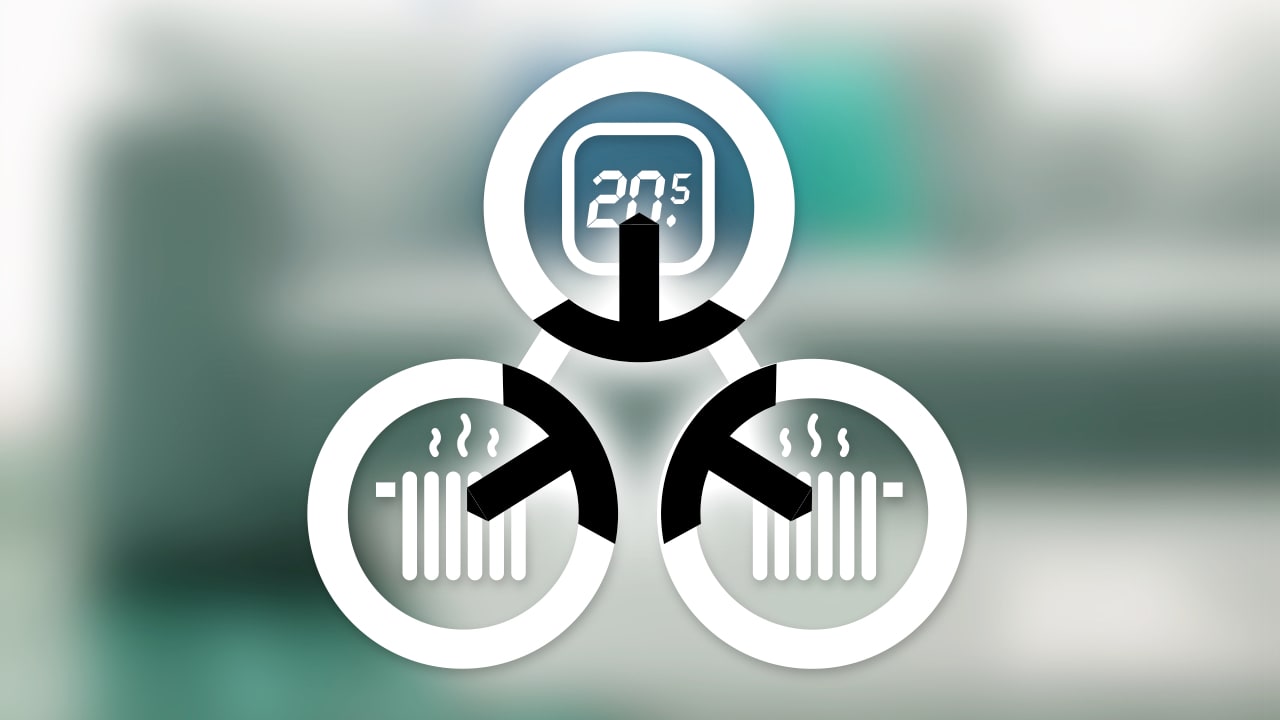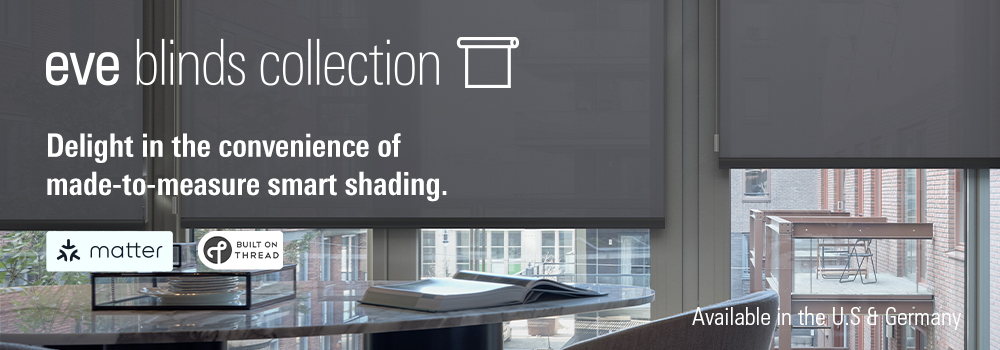Sooner or later, anyone who deals with the Matter smart home standard will come across the term “fabric”. It can be interpreted as cloth or textile, which seems to make sense given the Thread radio protocol used in Matter: If smart home devices can spin their network out of wireless threads, then the mesh might be a fabric.
However, the obvious explanation of the technical term is incomplete. It even leads us down the wrong path because Matter‘s fabrics can consist of more than just a Thread network. According to the standard, good old Wi-Fi radio or Ethernet with cables can also be used as connection technology.
Fabric: the common basis
Another meaning of the word clears things up: fabric also stands for structures – physically on buildings or in a figurative sense, for example as a social structure (“fabric of society”). Matter‘s fabric is such a society – consisting of devices that trust each other and communicate with each other. More precisely, a closed society to which only authorized members who have proven themselves trustworthy are allowed access.
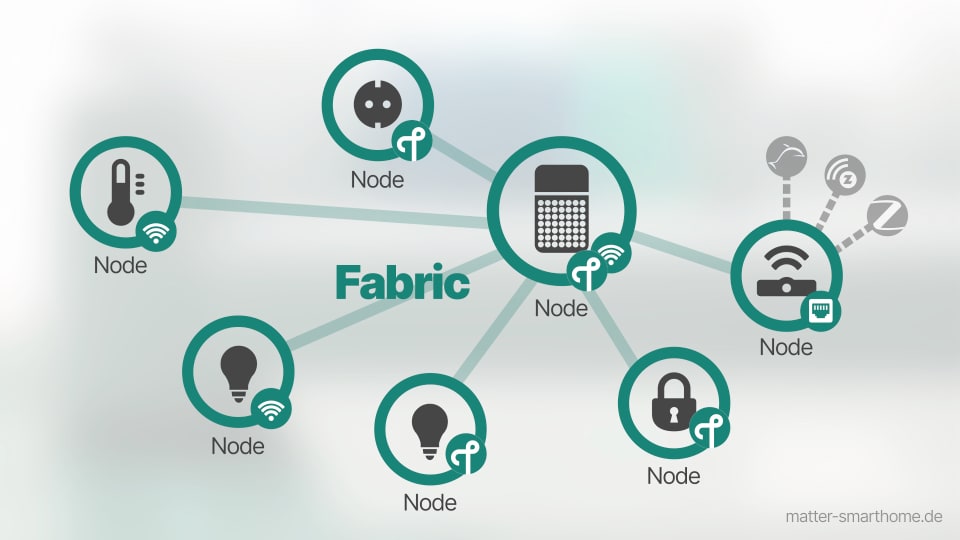
The members in this exclusive club are called nodes, which again refers to the fabric metaphor with threads in a woven textile. However, the nodes of a fabric in Matter can belong to entirely different IP networks in the household. Regardless of whether they are Thread, Wi-Fi or Ethernet connections, they are all equal before the Matter standard. What unites them is not their physical connection, but a common basis of trust.
Nodes: authorized members
For the following consideration, we put node and device on the same level. This is not quite correct because in the Matter standard a physical device can contain several nodes with functions.
However, this does not play a major role here. Instead, the important thing is: When set up with the smartphone – or another so-called commissioner – the node receives a unique security certificate. It identifies the node as a member of its fabric. More about the process and the significance of software certificates in the standard can be found in the background article about the security of Matter.
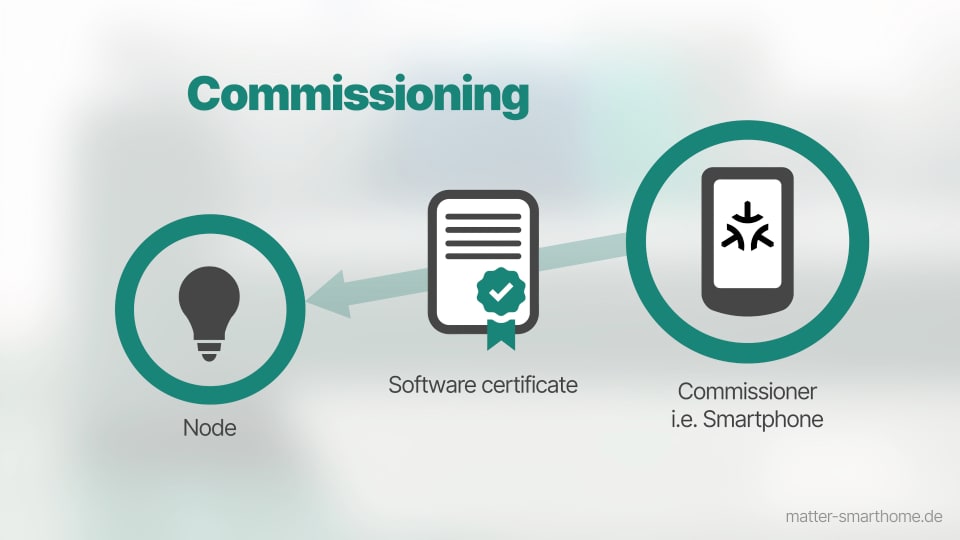
With the installation of the first node, a fabric is created, which is joined by other members as soon as they are installed. Since the installation is usually done via a Matter ecosystem such as Amazon Alexa, Apple Home, Google Home or SmartThings, this ecosystem also handles the necessary certificates and thus the fabric. In other words, anyone who starts with the Alexa app will henceforth have an Amazon fabric at home, with Apple, Google or SmartThings accordingly.
As an open source standard, however, Matter is not limited to the large corporations and their smart home ecosystems. Even an open-source project like Home Assistant (link) can create a fabric with its app and naturalize members in it. However, the Matter integration is still in beta there.
Multi-fabric: parallel operation
Now what happens if other Matter ecosystems move into the home after the initial installation? If, for example, Apple or another platform is used to install devices in addition to Amazon? Then each node receives the certificate of the Matter system that is currently setting it up. Additional fabrics are created that exist in parallel – shielded from the others by completely encrypted communication.

Parallel societies do not only lead to problems from a sociological perspective. In this specific case, the difficulty is that the nodes in Fabric A cannot be reached from Fabric B – and vice versa. They do not exist for the controllers of the other system. That is why the developers of the Matter standard have taken precautions: Each installed device can be put into a new coupling mode from a controller in its fabric. It then reacts in the same way as during the first commissioning and can receive another security certificate from a Matter ecosystem in the network.
The new certificate – like the first one – is stored on the device and henceforth identifies the node as an authorized member of the second Matter fabric. The node can now be operated from both sides in Multi-Admin mode. If necessary, the same process can be repeated with additional systems. According to the standard, each device must support at least five fabrics simultaneously. More are possible, provided the nodes meet certain technical requirements, such as sufficient storage capacity.
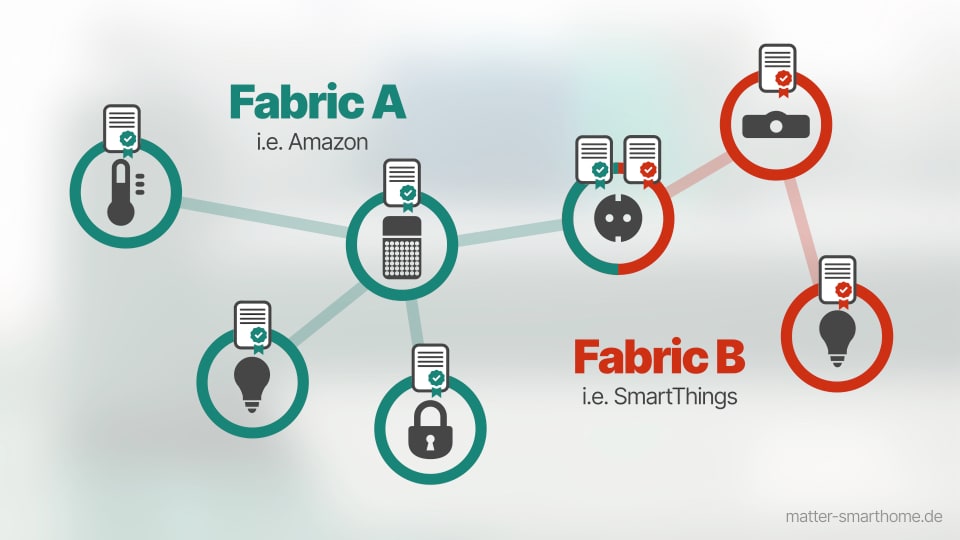
Parallel operation in different fabrics is therefore explicitly intended. It has nothing to do with how the devices communicate technically. Thus, a thread network can belong exclusively to a certain fabric. As of today (May 2023), it does, because the border routers from Amazon, Apple, Google & Co. each span their own wireless networks for their ecosystems. With software version 1.3.0 of the Thread protocol, it is possible for all border routers to participate in a common cross-fabric radio network. However, the manufacturers have not yet implemented this option consistently.
Share this information:
